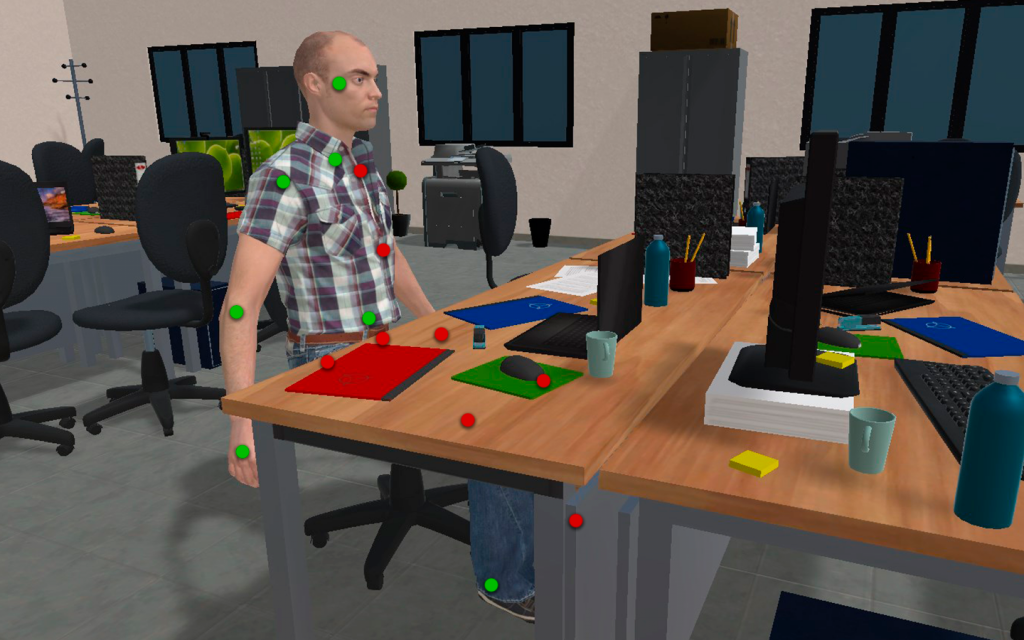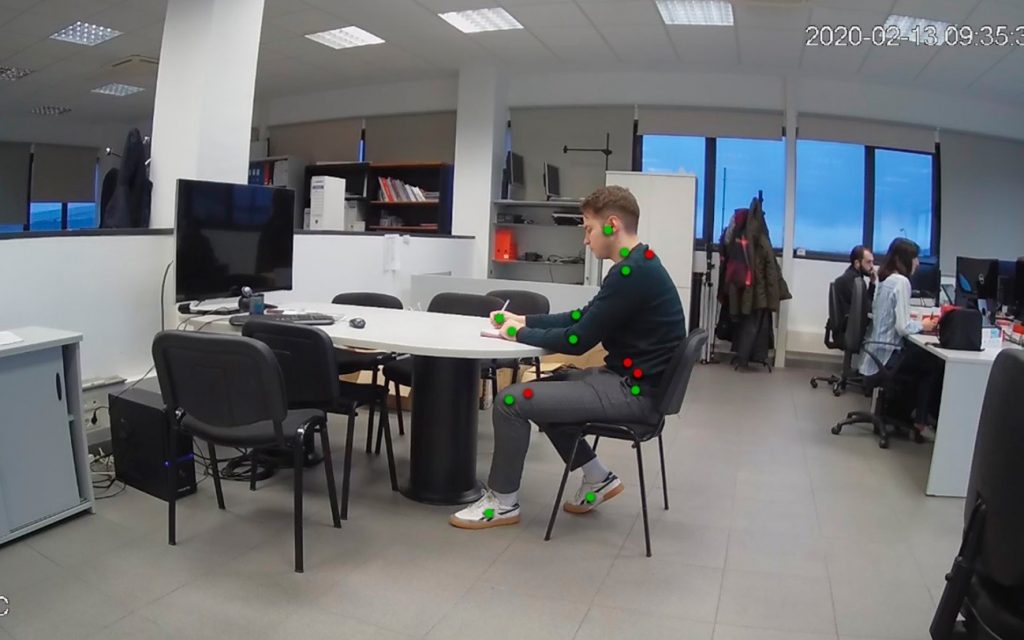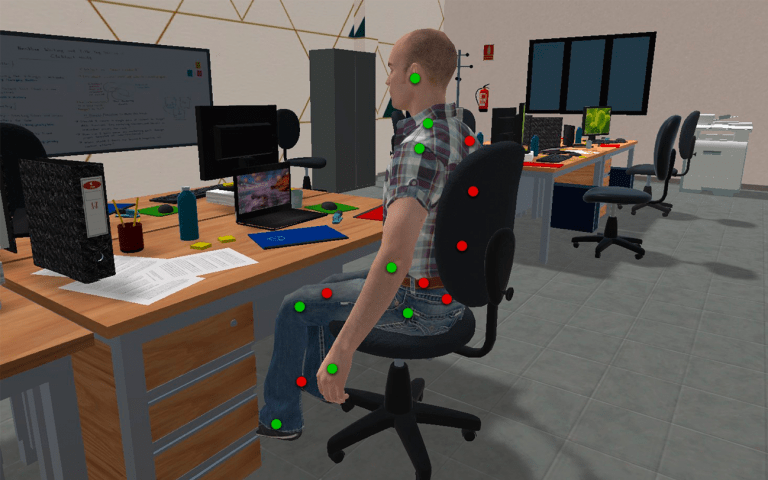ITCL Technology Center Simulation and Intelligent Perception Technologies team is leading the European WorkingAge Project that is developing a computer vision system to reliably and accurately detect the joints of people in their workplace.
This system allows to continue advancing an initiative that was born with the aim of promoting healthy habits of users in their work environment and activities of daily life, and which is aimed at employees over 50 years of age, in accordance with the trend that exists in European countries to increase the working age above 65 years.
Experts from the Burgos technological center such as Carlos Alberto Catalina, Basam Musleh, Marcos García, Lydia Ramón, Alvaro Montesinos, and Patricia Torre and Bruno Santidrian participate in the work.
The results of the same allow us to get a ‘Human Pose Estimation‘, “one of the key problems of computer vision and one of the most lasting, and which has been studied for more than 20 years “They explain.

You can estimate your position, and how it influences during your workday.
Specifically, the complexity is due to the occlusions of certain joints, variety in the appearance and physical appearance of people, variety of lights in the environment, etc., in the joint detection process. This is why the appearance of neural networks and deep learning techniques is so important, making it possible to detect people’s joints with greater reliability and precision, and thereby better estimate their posture.
Field work
In order to correctly analyze the posture of a person in their work environment, it is necessary to take pictures of it in their workplace. These images are then processed by a trained convolutional neural network in which you will get a prediction of where the worker’s joints are located in the image.
Therefore, once the joint data is available, posture can be studied using methods for evaluating postural load such as RULA (Rapid Upper Limb Assessment) or REBA (Rapid Entire Body Assessment). These methods will give a certain score to the upper body members, in the case of RULA, and to all the body members in the case of REBA, in order to determine if the user’s posture is ergonomic or not, in each moment.

ITCL is leading this project in which other entities such as the University of Cambridge, Politecnico di Milano, Exodus SA, Green Communications SAS, Brainsigns SRL, Reinisch-Westfaelische Technische Hockschule, Telespazio France SAS, Audeering GMBH, European Emergency Number Association ASBL, Foundation are participating Intras and Telematic Medical Applications LTD.
The ‘Working Age’ project studies the physical and mental job requirements of the workplace in three different settings, such as Office, Driving and Manufacturing. It also analyzes the life habits of workers over 50 years of age.
The information obtained will be used to create actions that lead to healthy aging inside and outside the work environment.


